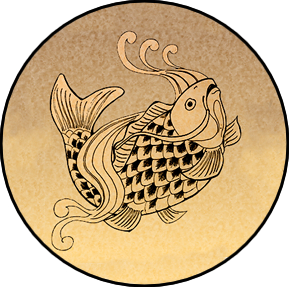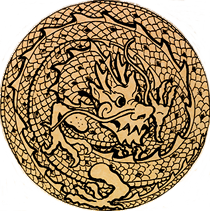Latest from the blog
100 Years of Kamishibai
One of my New Year’s resolutions in 2024 is to begin this kamishibai blog to share with kamishibai enthusiasts around the world the many interesting Japanese materials about kamishibai that I have collected over the past 20 years. Most of these materials are not available outside Japan, and the ones that are often can only be accessed through a Japanese or East Asian library collection. By translating selections and summarizing articles and chapters, I hope to share topics and ideas of interest with all those who want to deepen their knowledge about the history, development, applications, and current state of this dynamic storytelling format.
On my most recent trip to Japan to present at the All-Japan Kamishibai Festival in Kawagoe last August, I picked up a copy of a special issue of the journal, Kodomo no bunka (Children’s Culture), focused on Kamishibai 100 nen—Aratana chōsen (Kamishibai’s 100 Years—New Challenges) July 8, 2023.
As many of you may know, kamishibai in the form we commonly use today was invented around 1930 so six years from now (2030) will be its centennial year. The journal, which is published by the Children’s Cultural Research Center in Tokyo, brings together many voices in the Japanese kamishibai community today to celebrate kamishibai’s 100 th birthday and to discuss the challenges that lie ahead. I thought this collection of essays, interviews and conversations would be an appropriate place to begin a series of blog posts.
About me
Scholarship and Creativity combined together
I’ve been fascinated by all forms of picture-storytelling, East and West, since childhood. As a visual artist, who has lived and studied in Japan for many years, I bring to my performances and residences an intimate knowledge of the language and culture. My programs bring Japan to life through story, song, and image, and the artwork and artifacts I create help students visualize the objects and landscape of everyday life.





